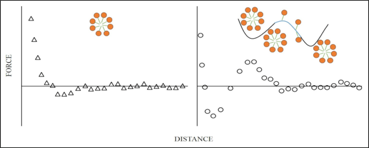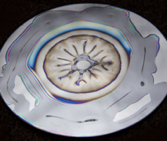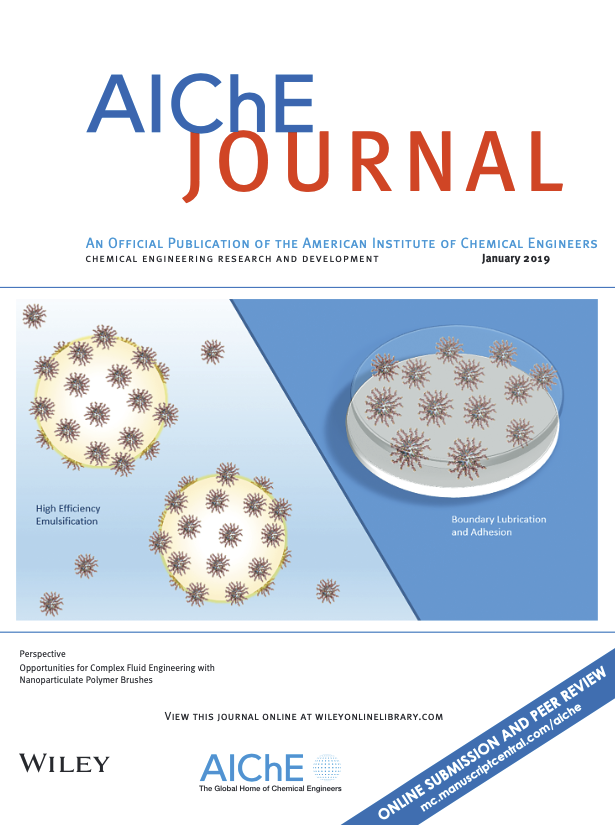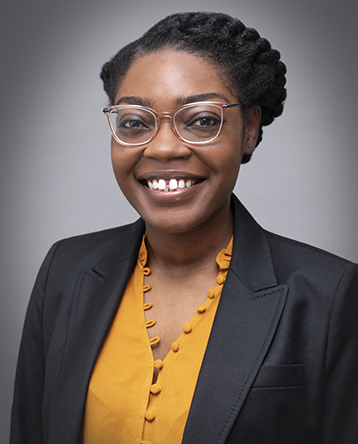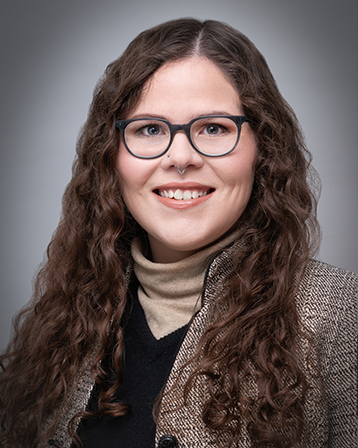Tilton Group
Complex fluid interfacial phenomena
Our group addresses problems in complex fluid interfacial phenomena. This entails fundamental investigations of the structure and dynamics of macromolecules, surfactants, and composite nanoparticles in suspension or adsorbed at solid or fluid interfaces. It supports application-driven research in environmental nanotechnology, aerosolized carriers for pulmonary drug delivery, lubrication and high efficiency emulsifiers. A recurring theme is the effort to understand phenomena that arise in realistic multicomponent mixtures that normally are not predicted from the behavior of idealized single component systems.



